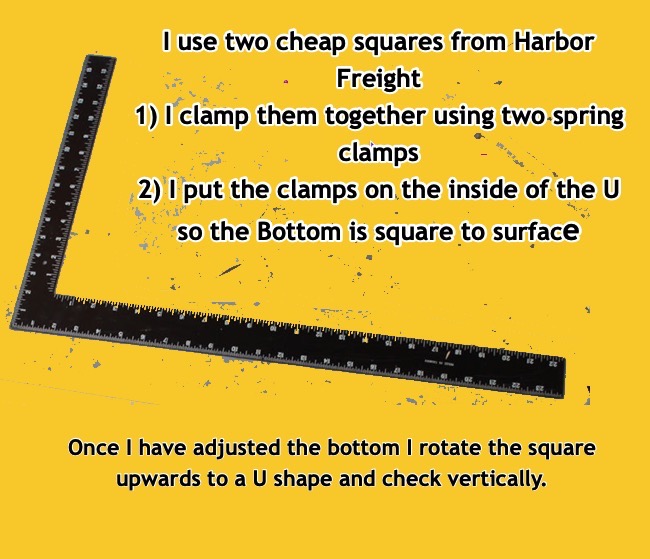Front Wheel Alignment can increase speed with less effort and produce a more responsive steering.
Front Wheel Alignment on Trikes and Velomobiles: Unlocking Efficiency and Performance
Introduction:
Regarding trikes and velomobiles, proper front wheel alignment plays a crucial role in enhancing performance and minimizing tire wear. These unique human-powered vehicles are gaining popularity among cycling enthusiasts, commuters, and recreational riders. However, maintaining the correct alignment of the front wheels is paramount to ensure maximum efficiency and comfort. In this article, we will explore the significance of front wheel alignment on trikes and velomobiles, highlighting the benefits it brings, potential issues that may arise from misalignment, and the steps involved in achieving the perfect alignment.
The Importance of Front Wheel Alignment:
1. Reduced Effort:
Proper front wheel alignment on trikes and velomobiles significantly reduces rider effort. When correctly aligned, the wheels roll smoothly and effortlessly, allowing the rider to maintain a consistent speed with minimal exertion. On the other hand, misaligned wheels create a drag, making pedaling more strenuous and impeding forward motion. By aligning the wheels, riders experience less fatigue on longer rides and can enjoy their cycling experience to the fullest.
2. Increased Speed:
In addition to minimizing effort, front wheel alignment increases speed on trikes and velomobiles. Misaligned wheels create unnecessary resistance, slowing the vehicle and hampering maximum speed potential. On the contrary, aligned wheels reduce drag, allowing the vehicle to glide through the air effortlessly. Whether cruising on a velomobile or exploring trails on a trike, proper front-wheel alignment translates into greater velocity and a more exhilarating ride.
3. Improved Stability and Control:
Alignment is not solely about performance enhancements; it also directly impacts stability and control. Well-aligned trike and velomobile front wheels provide the rider with enhanced stability, making cornering and maneuvering more precise and predictable. With the wheels aligned, riders can confidently navigate tight turns, maintain balance at high speeds, and feel in control of their vehicle, ultimately guaranteeing a safer and more enjoyable experience on the road.
4. Reduced Tire Wear:
Front Wheel alignment is crucial to minimizing tire wear in most cases. Misaligned wheels exert uneven pressure on the tires, leading to premature and uneven wear. When the wheels are properly aligned, the weight distribution is even across the tires, ensuring uniform contact with the road surface. This balanced pressure reduces the strain on the tires and extends their lifespan. By maintaining proper alignment, riders can save money on tire replacements and enjoy a more sustainable cycling experience.
Detecting Misalignment:
Misalignment of front wheels on trikes and velomobiles may occur due to several factors, including regular wear and tear, impacts, or improper assembly. To determine if your wheels are misaligned, look out for the following signs:
1. Uneven Tire Wear:
Inspect your tires for uneven wear patterns. Misalignment often causes excessive wear on one side of the tire tread, resulting in a lopsided appearance. This is a clear indication that your front wheels require realignment.
2. Drifting or Veering:
It suggests misalignment if you notice your trike or velomobile pulling to one side while riding on a straight and level road. This drifting effect can be subtle or pronounced, depending on the severity of the misalignment.
3. Vibrations and Handling Issues:
Another telltale sign of misalignment is a vibration felt through the handlebars or seat while riding. If you find it harder to maintain a straight trajectory or experience wobbling sensations, your wheels may be out of alignment.
Aligning the Front Wheels:
Achieving the perfect alignment of front wheels on trikes and velomobiles requires attention to detail and a few simple steps. Here’s a guide to help you:
1. Gather the Necessary Tools:
You will need a measuring tape or ruler, a straight edge (a long piece of wood or metal), and a torque wrench to align the front wheels.
2. Set the Trike or Velomobile on a Level Surface:
Place your vehicle on a level surface, ensuring it is stable and the brakes are engaged. This provides an accurate baseline for alignment.

3. Measure the Wheel Positions:
Using the measuring tape or ruler, measure the distance between the front edge of each tire and a fixed reference point. This could be a point on the frame or a straight edge parallel to the front wheel axle.
“I made a quick and simple fixture that is the proper width distance. Each leg is parallel to the other. The fixture resembles a U so each leg of the U sets on the outside edge of the front tires. If each tire is touching the entire distance of the inside leg of the square, I know the toe and distance at the bottom is correct”. Then I move my square on a 45 degree angle and check the top middle of the tire. If that stays touching without force, it is good to go. A word of caution. Make sure you use two strong spring clamps minimum and the bottom edge of each square is even with the other.
4. Adjust Wheel Positions:
Based on the measurements obtained, adjust the position of each wheel accordingly. Loosen the axle nuts or quick-release levers and gently realign the wheels, ensuring they are parallel to each other and perpendicular to the ground. Once aligned, tighten the nuts or levers to the manufacturer’s specified torque using the torque wrench.
5. Test the Alignment:
Before taking your trike or velomobile for a spin, perform a test ride to check the alignment. Pay attention to the handling, vibrations, drifting, and overall feel of your trike or Velomobile. If any issues persist, revisit the alignment process and make necessary adjustments until the desired alignment is achieved.

Conclusion:
Front Wheel alignment on trikes and velomobiles is more than just a technicality; it’s the key to unlocking efficient and enjoyable rides. By maintaining proper alignment, riders can minimize effort, increase speed, enhance stability, and extend the lifespan of their tires. Regular inspection and alignment of the front wheels ensure optimal performance and a smooth and exhilarating journey on these unique human-powered vehicles. Remember, when it comes to trikes and velomobiles, aligning your wheels paves the way for a tireless and thrilling experience on the road.

Leave a Reply
You must be logged in to post a comment.